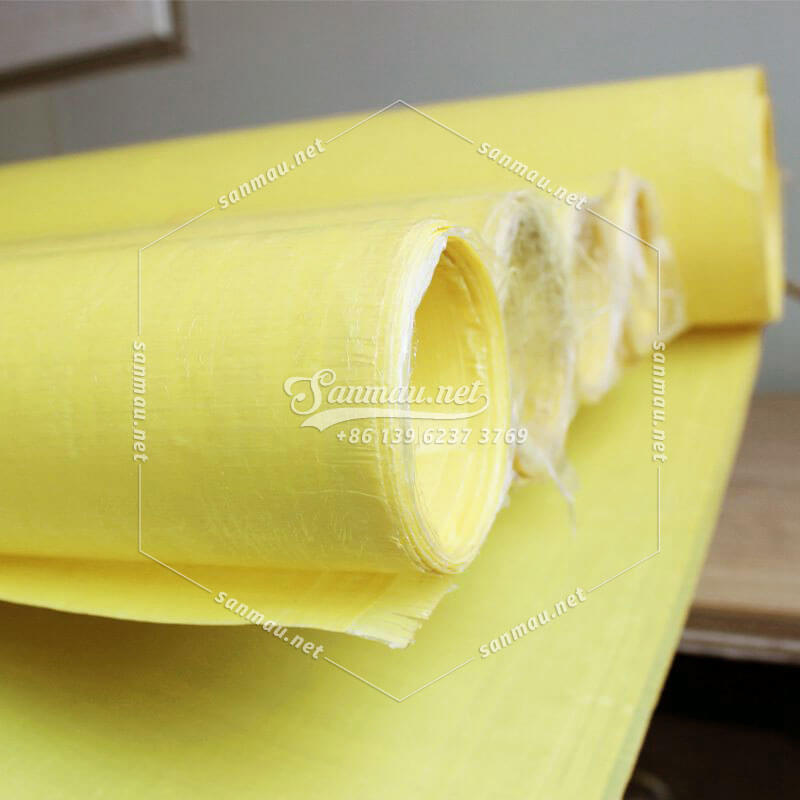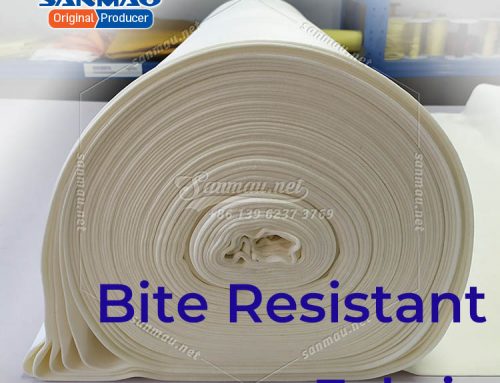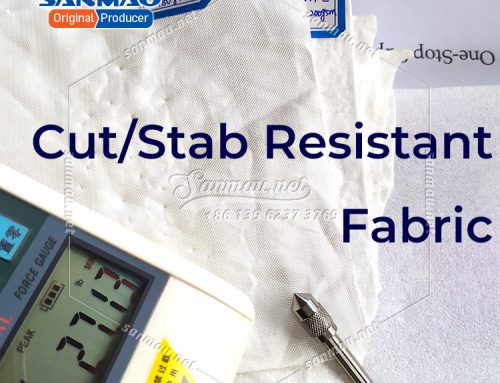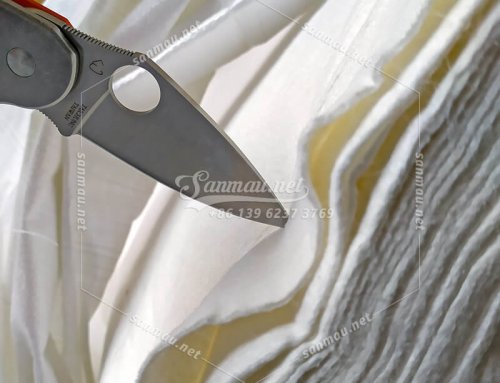Woven Fabric VS Uni-Directional(UD) Fabric
which one is better in performance to make bulletproof armor|vest?
Before UD fabric was invented to the ballistic field, woven fabric is the only choice as Para-aramid(Kevlar) and UHMWPE(Dyneema) were massively produced by DuPont, DSM, Honeywell, Teijin, etc. I assume that people might get the inspiration from Carbon Fiber Composite which developed the main progress in the RESIN material. When they found the para-aramid or UHMWPE fiber also can be increased rapidly in performance after resin combined, a new and revolutionary material of bulletproof fabric was turned out.
The key of UD fabric is managed to possess a Uni-Directional fiber-resin matrix, consisting of uni-directional fiber tapes cross-plied at 0 degree/90 degrees. This arrangement will absorb much more energy than the similar weight of woven products which was made of pure fibers, without any resin.
However, the woven fabrics somehow have learned this technique and develop a resin impregnated type which will increase the performance as well. But it’s only applied in the helmet, rarely connected to other applications. So when the South Afric and Middle East friends ask me to provide this resin impregnated woven fabric in huge quantities, I always ask them first whether it’s used in armor or not.
UD FABRICS WORK BETTER THAN WOVEN FABRICS!
Woven fabric system creates stress junctions where the fibers intertwine, these stress junctions reduce the overall ability of the fabric to absorb energy.
The Uni-Directional matrix is designed in such a way as to eliminate these stress junctions and to allow the UD fabric to absorb more energy. This will make the UD fabric a more efficient system in absorbing the bullet kinetic energy.
Currently, the UD fabrics are one of the most used fabrics worldwide for the ballistic protection industry.
Three important questions before you want to develop new ballistic stuff:
- Which standard do you want to meet? Like NIJ IIIA .44 or 9mm bulletproof, NIJ III, NIJ IV, etc.
- How much the weight of the finished product that you desire to achieve.
- How much the cost of a single product that you want to control.
For instance, I can provide more than a dozen of UD fabric to help you develop your new products. Some of the best models are currently applied by the military (of course not US military, but I won’t tell you any specific names as it’s part of commercial confidentiality). On some occasion, the buyer wants to increase the performance at a BREAKING POINT, the higher level material only provides 5~10% increase in performance but have the cost increase of 50%, so I always recommend the best type of UD material, and have the clear instruction to buyers.
Here we go to the last question:
Which one shall I choose, the Kevlar UD Fabric OR the UHMWPE UD Fabric?
Kevlar UD has the most advantage compared with the UHMWPE UD is the PENETRATING DEPTH of bullet. The standards have a large range of the data but in practice the less the better, also as the harm to the body who wears it. Although UHMWPE UD can manage to achieve the same standard with Kevlar UD did AT THE SIMILAR AREA WEIGHT of finished products, and it means UHMWPE UD cost less than Kevlar UD. BUT, the penetrating depth needs some additional solutions. I’m willing to share the key details of full datasheet and quotes if you have me an inquiry email and told me the specific goal you intended to achieve.
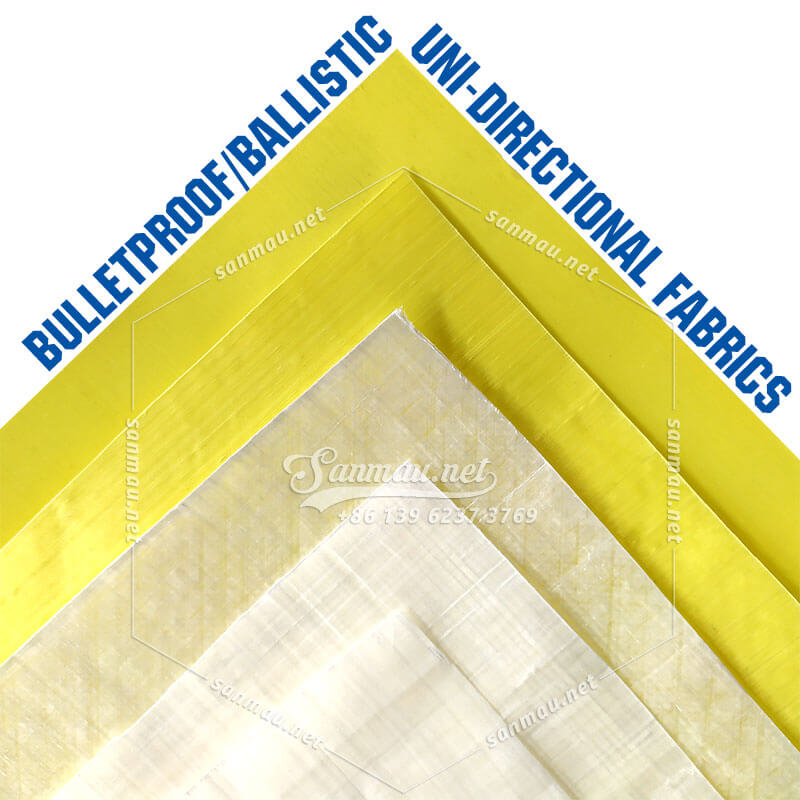
Get What You Want One-Stop
Ask Kevin to get the most used UD fabrics to build your own bulletproof/ballistic equipment
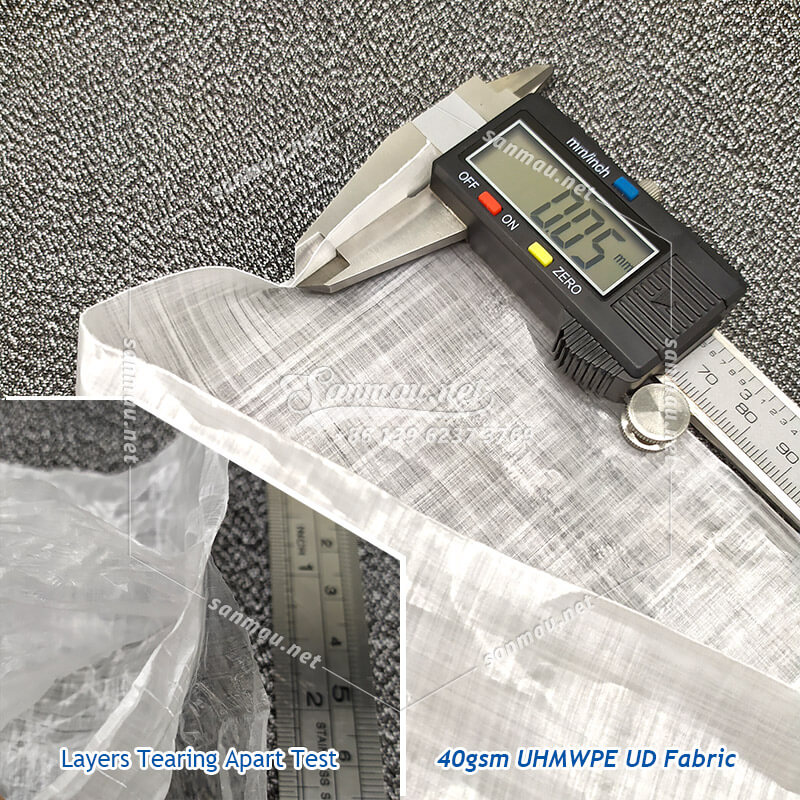
40gsm is the thinnest UHMWPE UD fabric we can offer, although it’s not as good as Dyneema® Composite Fabric (formerly Cuben Fiber), we are still working on it.
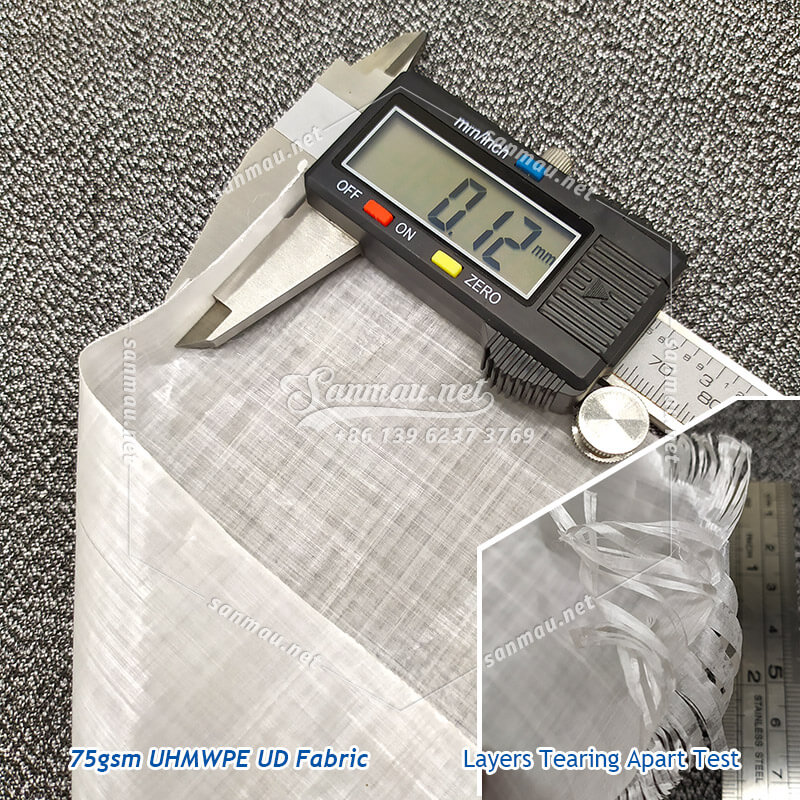
There are more models that will not present on website in time.
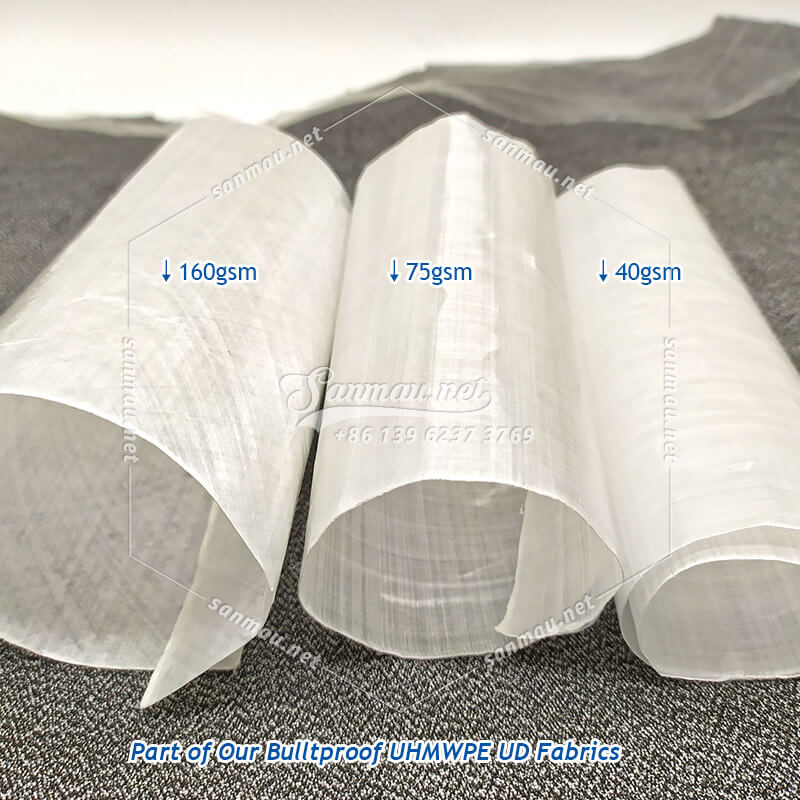
For more details and get the full data sheet of all bulletproof UD fabrics, please send an inquiry email.
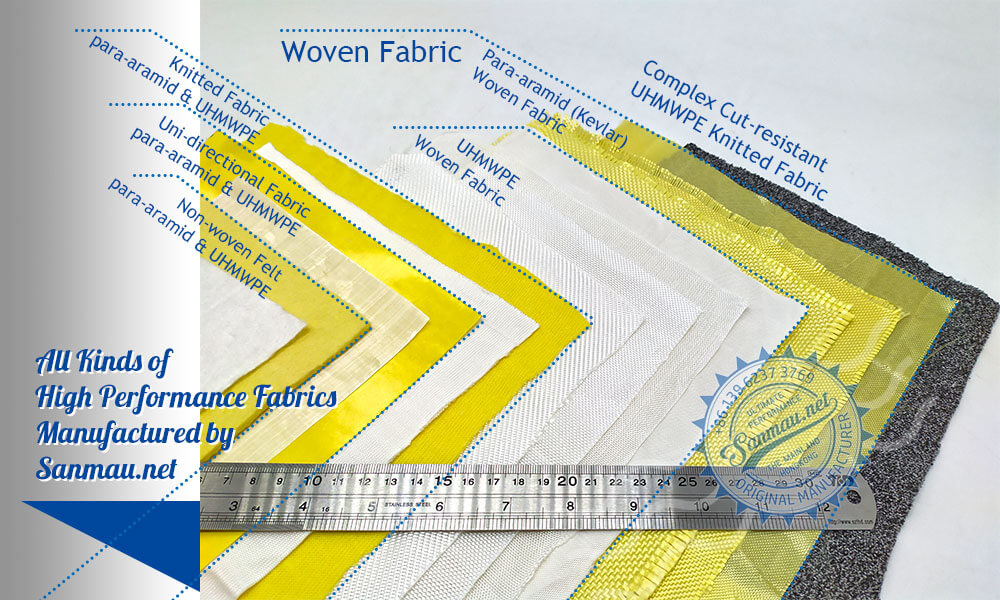
Focus on high performance industrial & protective fabrics
Terms of Cooperation
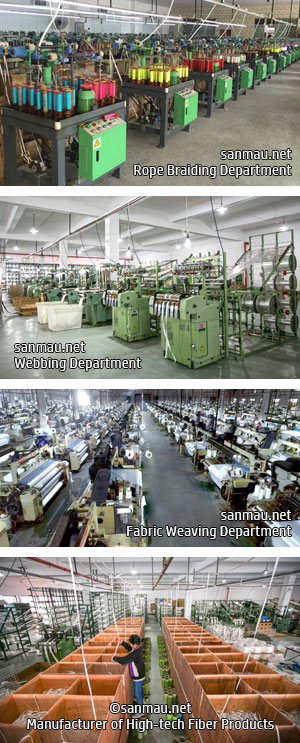
For more details, PLEASE DO NOT HESITATE to write me an e-mail, or just dial the number directly.
|
|||||||||||||||

